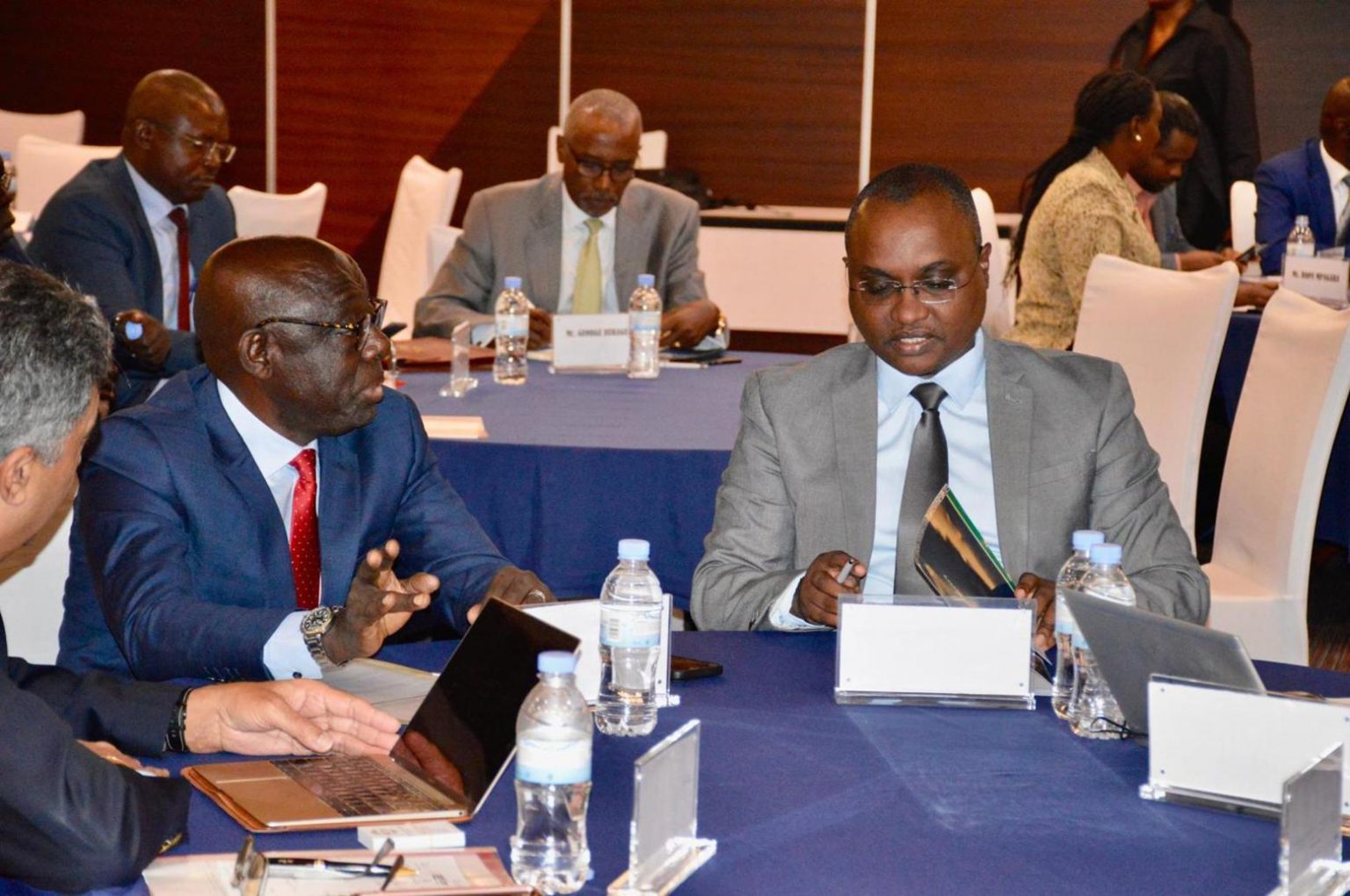


Should African countries form their own trade blocs in order to reduce. It aims to create a single continental market which would unite the continent and. eral trading system will improve African access to the markets of the industri. One of the most ambitious trade deals in history, the agreement was signed on 21 March 2018 and entered into force on.
#Africa trading blocs free#
Many social, economic, and political challenges also weaken African trading blocs and their ability to promote integration and trade. In an effort to improve the situation of trade on the continent, the African Union introduced a free trade agreement called the African Continental Free Trade Area (AfCFTA) Agreement. Here are details about some of Africa’s main trade blocs: SADC - First formed as the Southern African Development Coordination Conference in 1980 with nine members to help nearby countries. Poverty rates are still high and GDP does not seem to be positively influenced by the trading blocs. The key findings are that intra-Africa trade is still low, despite the existence of numerous trading blocs, and that few of these contribute to regional trade creation. This paper analyzes this link using theoretical and empirical literature reviews. High dependence on trade in primary goods, high product and market concentration of exports, and weak regional production networks are among the main challenges of African counties. Nevertheless, Asia and Europe are still the main trade partners of the continent. Therefore, there is a need to evaluate the interrelationship between African trading blocs and economic growth of the African continent. Tunisian Foreign Minister Khemaies Jhinaoui ratified the accession treaty of Tunisia to the trade bloc which serves over 625 million people from 20 African. Intra-African trade has increased in recent years to 15.4 per cent. Regional integration and trading blocs have been suggested as ways that African nations can use to achieve sustained development and increase their participation in the global economy. Burundi, Kenya, Rwanda, the United Republic of Tanzania, and Uganda agreed today to make trade between them and with other countries cheaper, faster and simpler. There is general consensus among scholars, policy makers, and political leaders that the best way for African countries to develop is through regional trade. Recently, three regional blocs in Africa, namely COMESA (common market for Eastern and Southern Africa), SADC (Southern African Development community) and EAC (.


 0 kommentar(er)
0 kommentar(er)
